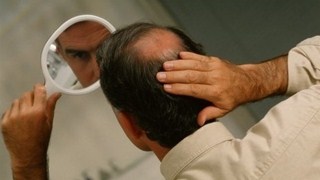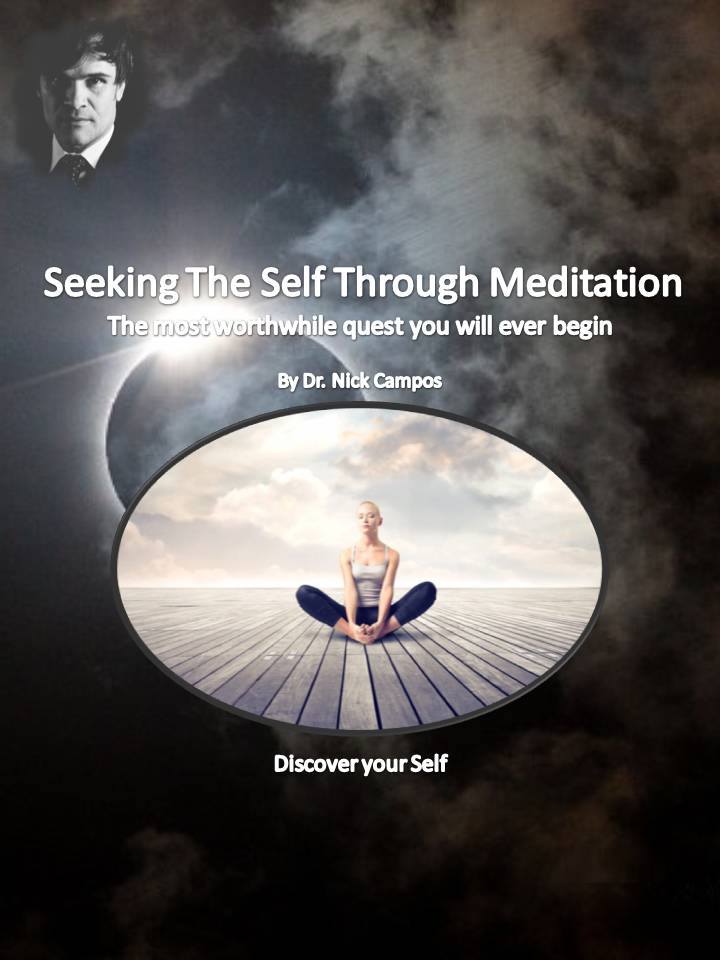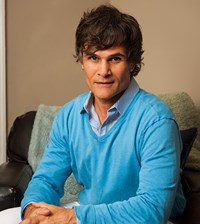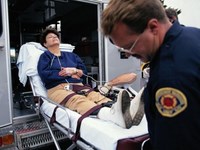 When it comes to cardiovascular events—heart attacks and blood clots in the heart or lungs—time is of the utmost importance. The sooner the person having the cardiac event get medical attention, the greater their probability of survival, and the greater their chance of preventing irreversible damage to the muscle tissue of the heart, which can eventually lead to heart failure. Most people know the symptoms of a heart attack—chest pain, shortness of breath, and pain in the left arm or between the shoulder blades. While these symptoms can be experienced by both men and women, women, in fact, can have unusual symptoms, and these differences may keep women suffering a heart attack from seeking immediate attention. Awareness of these signs of heart attack in women could prevent disaster, particularly so for black and Hispanic women, according to the American Heart Association.
When it comes to cardiovascular events—heart attacks and blood clots in the heart or lungs—time is of the utmost importance. The sooner the person having the cardiac event get medical attention, the greater their probability of survival, and the greater their chance of preventing irreversible damage to the muscle tissue of the heart, which can eventually lead to heart failure. Most people know the symptoms of a heart attack—chest pain, shortness of breath, and pain in the left arm or between the shoulder blades. While these symptoms can be experienced by both men and women, women, in fact, can have unusual symptoms, and these differences may keep women suffering a heart attack from seeking immediate attention. Awareness of these signs of heart attack in women could prevent disaster, particularly so for black and Hispanic women, according to the American Heart Association.
While heart attack rates between men and women favor men slightly, women die at a higher rate of 1 out of every 3 to men’s 1 of 4—heart disease is the leading killer of both sexes annually. While chest pain, left arm pain and shoulder pain are typical and well known, as are shortness of breath, anxiety and dizziness, women can also feel nausea and vomiting, which does lead some to pass symptoms off as the flu or food poisoning. Women may also feel pain between their shoulder blades or neck pain, which is especially deceiving if the woman already has pain in those areas. Women tend to be about a decade older than men when they suffer heart attacks. And if women have diabetes, their risk is four to five times higher than it is for men.
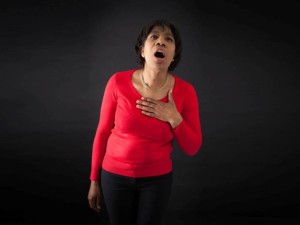 Black women have a higher incidence of heart attacks in all age categories and young black women have greater probability of dying before they leave the hospital. Black and Hispanic women are also more likely to have heart-related risk factors such as diabetes, obesity and high blood pressure at the time of their heart attack.
Black women have a higher incidence of heart attacks in all age categories and young black women have greater probability of dying before they leave the hospital. Black and Hispanic women are also more likely to have heart-related risk factors such as diabetes, obesity and high blood pressure at the time of their heart attack.
Once a heart attack starts, time is of the essence: Getting help quickly minimizes damage and increases the chance of survival. Nieca Goldberg, M.D., medical director for the Joan H. Tisch Center for Women’s Health at NYU’s Langone Medical Center and an American Heart Association volunteer, says: “Although men and women can experience chest pressure that feels like an elephant sitting across the chest, women can experience a heart attack without chest pressure. Instead they may experience shortness of breath, pressure or pain in the lower chest or upper abdomen, dizziness, lightheadedness or fainting, upper back pressure or extreme fatigue.”
And on women ignoring symptoms,“Many women I see take an aspirin if they think they are having a heart attack and never call 9-1-1,” Goldberg said. “But if they think about taking an aspirin for their heart attack, they should also call 9-1-1.”
Heart disease can be reduced by following some health basics:
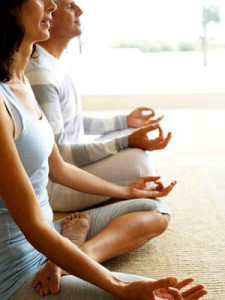 Exercise – you have got to move; you have got to sweat. Fail to do either and increase your risk significantly.
Exercise – you have got to move; you have got to sweat. Fail to do either and increase your risk significantly.- Eat well – whole, natural foods, moderate portions, lots of water, fresh juices, vitamins supplements.
- Rest – sleep and downtime are very important. People who don’t sleep enough are at higher risk for cardiovascular disease—regardless of age, weight, smoking and exercise habits.
- Mental – balance those mental charges; Deep breathing and meditation go a very long way here
- Minimize toxins – smoking, liquor, drugs, sugar, etc.
- Medical – after 40, get checked consistently (to me rhythm is more important than frequency, but this will depend on your awareness and regular attention to body-health)
Women need to be mindful of heart attack symptoms. In sheer numbers, women are not much different from men, so knowing the warning signs of a heart attack, especially the unusual ones, may be the difference between life and death. The sooner any person having a heart attack gets into treatment, the less likely they will suffer irreversible tissue damage, which is almost a guaranteed future cardiac event. Be smart, ladies, save this link and go back to read the symptoms of heart attack every January 1st—it just might be the wisest health practice to do all year.
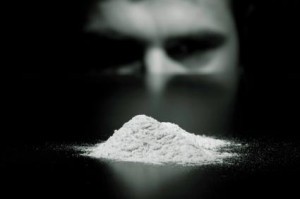
 The quest to “find” the Self can be carried out by a number of paths. One such path is meditation.
The quest to “find” the Self can be carried out by a number of paths. One such path is meditation. 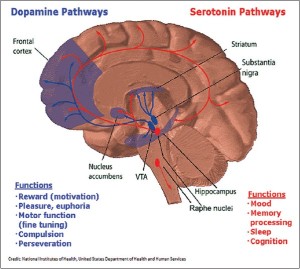

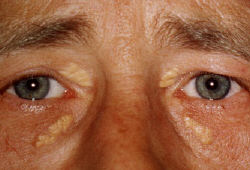 According to the study, 11,000 people were followed from as far back as 1976, and it was found that four physical appearance markers were associated with a greater risk of developing heart disease. They were receding hairline,
According to the study, 11,000 people were followed from as far back as 1976, and it was found that four physical appearance markers were associated with a greater risk of developing heart disease. They were receding hairline, 